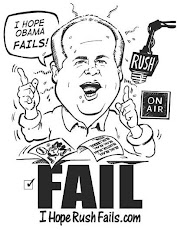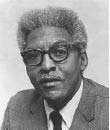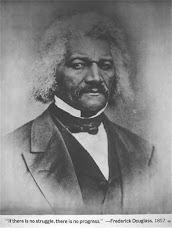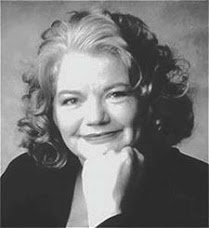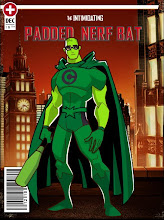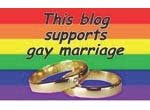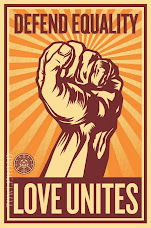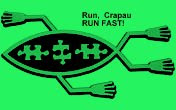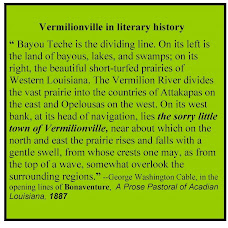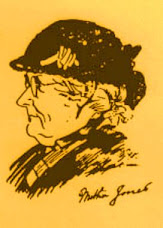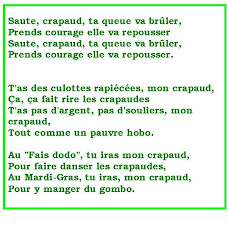June 27 ~ June 29, 1969
On the night of June 27, 1969, the patrons of the Stonewall Inn, a true gay neighborhood bar on Christopher Street in Greenwich Village, NY City, were doing their customary gathering of community. Police raids were getting less and less common. The patrons of the Stonewall were used to such raids and the management was generally able to reopen for business either that night, or the following day.
But it was a particularly sad day in the gay community on June 27, 1969. What made the June 1969 raid different was the death a week earlier of Judy Garland, an important cultural icon with whom many in the gay community identified. The palpable grief at her loss culminated with her funeral on Friday, June 27, attended by 22,000 people, among them an estimated 12,000 gay men. Many of the Stonewall patrons were still emotionally distraught when the raid occurred that night, and refused to react passively. Along about 1:30 am on the 28th, all hell broke loose. . .
. . . one very butch lesbian had the audacity to talk back to one of the policemen then harassing customers inside the Stonewall Inn. She was escorted from the bar and placed in the back of a police cruiser. She began "cutting up" and the car started a-rockin'. She got out of the unlocked car and continued to rock the police car with her arms, to the angry delight of the motley crew gathering in the street. . . .The gendarmes barricaded themselves inside the bar, apparently afraid of the angry mob outside, and the rest, as they say, is history.
Jimboland Jots recounts:
. . .On a hot summer New York night in Greenwich Village in 1969, the Stonewall Riots came about because of recurring bar raids by the New York Police Department on a bar called the Stonewall Inn. That night, an ethnically diverse crowd of gay men, dykes, drag queens, and trannies had had enough and fought back so strongly that the men of the NYPD were forced to take shelter inside the very bar that they had repeatedly raided for years, previously arresting many people and ruining countless lives.
This riot is generally recognized as the galvanizing event for the contemporary gay liberation movement and became known as the Stonewall Riots. It was followed by several days of rowdy, angry protests and frequently large street demonstrations and actions, growing rapidly and broadly in power and visibility, boldly tearing down the closet of shame and oppression. People came out of the closet and into the streets, into society, and began the movement toward equality and inclusion into larger American society.
The Stonewall Movement presaged a wave of gay civil rights activism across the country for forty years, with many advances at every level of government. This progress and visibility was eventually exploited and used by extremists to demonize, villify, and otherwise minimize gays as less than human to advance American rightist political power across the three branches of American government in a reactionary attempt to move the country away from a constitutional democracy. Such irrational and inhumane behavior toward others has betrayed a selfishness, a closed mind, a worldview that is lacking in humanity, an act of tyrannical moral violence toward our evolving idea and understanding of human identity. . .
What began as a routine shakedown at the Stonewall Inn
For three hours, the mob ruled the streets of
On the same day in 1970, thousands of people marched in
////////////////////\\\\\\\\\\\\\\\\\\\\







